Gauge Pressure Switches
Gauge pressure switches are used to monitor and control the pressure of a fluid (liquid or gas) in a system relative to atmospheric pressure, they operate by detecting changes in pressure and activating or deactivating an electrical circuit when a preset pressure level (setpoint) is reached.
Gauge pressure switches are used in industrial and commercial applications to automate equipment, provide safety interlocks, or trigger alarms based on specific pressure conditions.

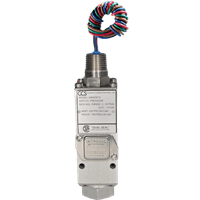
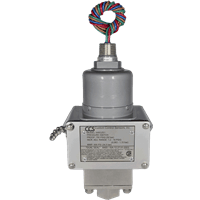
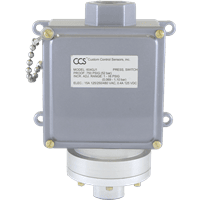
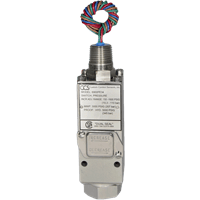

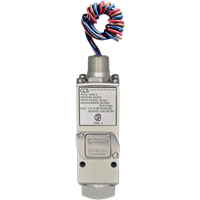
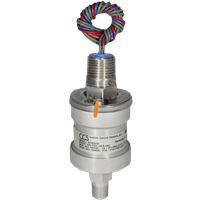
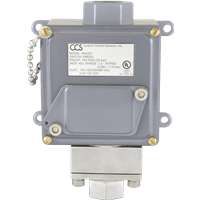
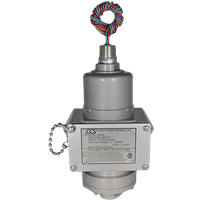
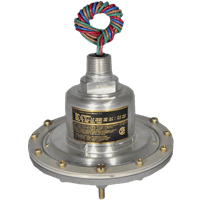
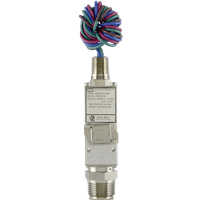


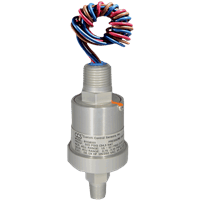
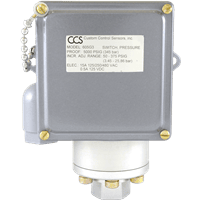
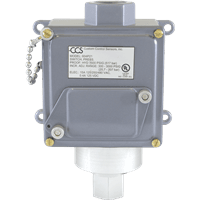



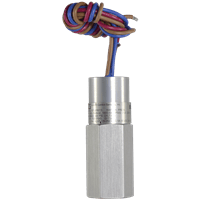
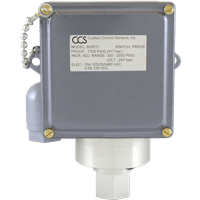
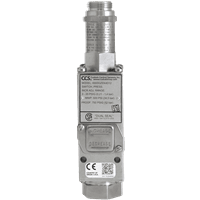
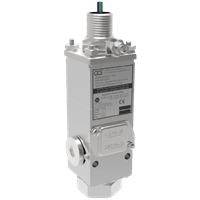

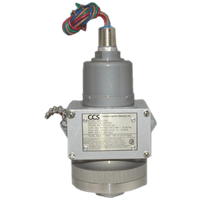
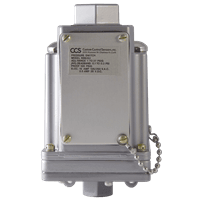
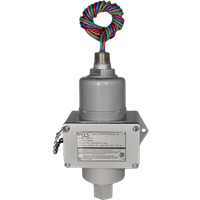
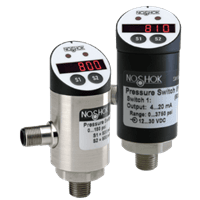
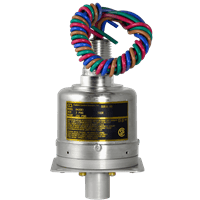




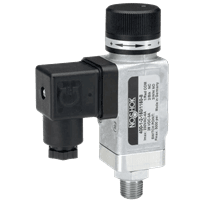
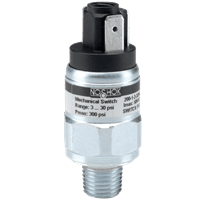

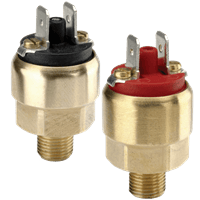



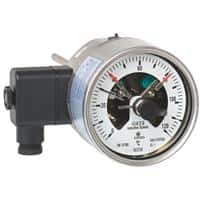
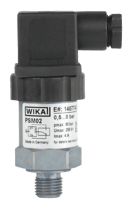
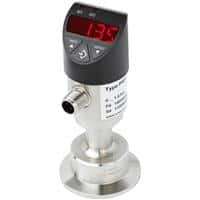
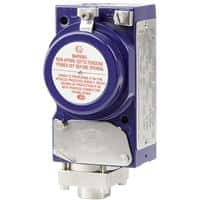
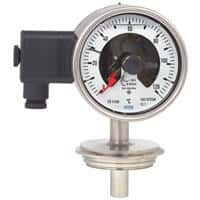
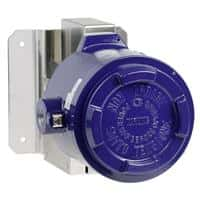
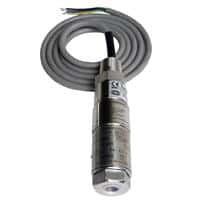
Enhanced Reliability & Increased Uptime
Industrial gage pressure switches measure and respond to pressure at a single point in a system, activating alarms or controls when set pressure levels are reached. They're essential for ensuring safe and efficient operation in industrial processes.
The gage pressure switch contains a pressure sensing element, such as a diaphragm, piston, bellows, or Bourdon tube, that deforms in response to changes in the fluid pressure; the deformation of the sensing element is directly proportional to the gauge pressure (pressure relative to atmospheric pressure).
Gage pressure switches have an adjustable setpoint mechanism, typically a spring and screw arrangement, allowing the user to set the pressure level at which the switch will activate or deactivate. This setpoint is defined based on the specific operational requirements of the application. Inside the switch, electrical contacts open or close in response to the movement of the pressure sensing element. The contacts can be configured as either Normally Open (NO), where the circuit remains open until the setpoint is reached, at which point it closes to complete the circuit, or Normally Closed (NC), where the circuit remains closed until the setpoint is reached, at which point it opens to break the circuit.
When the process pressure reaches the setpoint, the sensing element moves, causing the switching mechanism to actuate the electrical contacts, either opening or closing them to control the connected device or system.
Gage pressure switches come in mechanical and electronic versions. Mechanical gage pressure switches use mechanical components (such as diaphragms or pistons) to sense pressure changes and actuate the switch contacts. They are known for their simplicity, robustness, and reliability and are suitable for a wide range of standard industrial applications. Electronic gage pressure switches utilize electronic sensors (such as piezoelectric, capacitive, or strain gauge sensors) to detect pressure changes. They offer higher accuracy, programmable setpoints, remote monitoring capabilities, and integration with digital control systems.
Gage pressure switches are often used to automatically start or stop pumps or compressors based on the system pressure. For example, in a water pump system, the switch will turn the pump on when the pressure drops below a certain point and off when it reaches the desired pressure. These switches are used to activate alarms or shut down equipment when pressures exceed or fall below safe operating limits, providing a critical safety function in many industrial processes.
Gage pressure switches monitor pressure levels in hydraulic and pneumatic systems to control actuators, motors, or valves, ensuring the system operates within desired pressure ranges. In heating, ventilation, and air conditioning (HVAC) systems, gage pressure switches monitor refrigerant or air pressures to control compressors, fans, and other components, ensuring efficient operation and preventing damage. They're used in chemical, pharmaceutical, food processing, and other industries to maintain pressure levels within safe and optimal ranges. Gage pressure switches help ensure consistent process conditions. Gage pressure switches can detect a pressure drop across filters in air or fluid systems, indicating that the filter is clogged and needs replacement or cleaning.
They are suitable for a wide range of applications, from simple on/off control to more complex process automation tasks, and they enhance system reliability and safety by providing rapid response to pressure changes, preventing potential damage or hazardous situations. Gage pressure switches are more affordable than more complex pressure sensors or transmitters, making them suitable for basic control or safety applications. The setpoints are adjustable, allowing users to customize the pressure levels at which the switch activates or deactivates according to specific operational requirements.